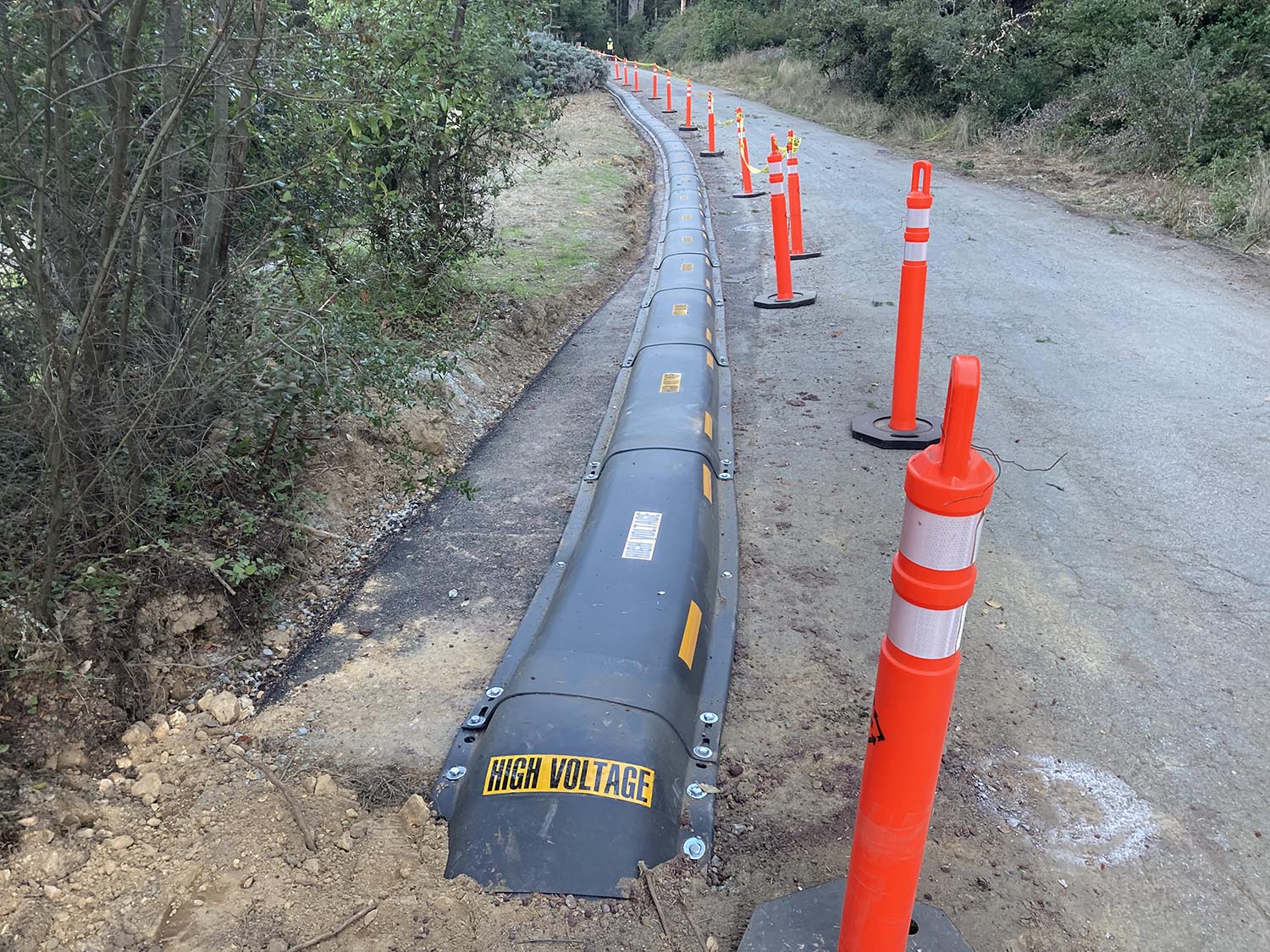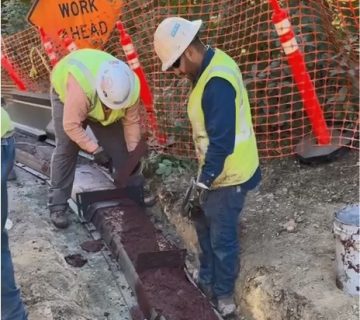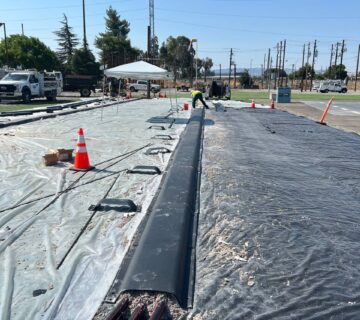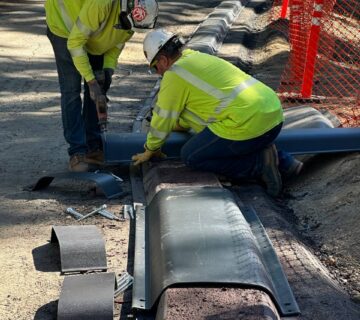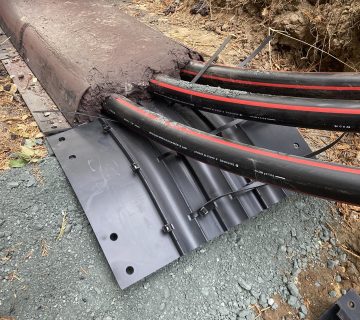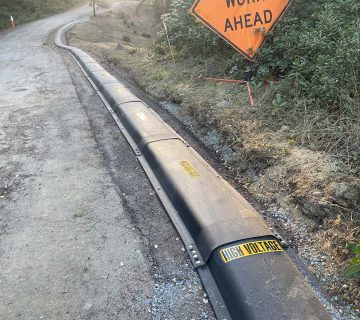GLDS vs. Traditional Power Lines: Why Ground-Level Distribution is the Smarter Choice
As cities grow and the demand for reliable, safe, and efficient electrical infrastructure increases, traditional overhead power lines are quickly becoming outdated. Enter GLDS—Ground Level Distribution System, an innovative approach to power distribution that’s revolutionizing how we think about energy grids.
But how does GLDS compare to conventional power lines? Let’s break down the differences and explain why ground-level distribution is the smarter, safer, and more sustainable choice for modern infrastructure.
What Is GLDS?
Ground Level Distribution System (GLDS) is a cutting-edge electrical power distribution model that delivers electricity through enclosed conduits or protected channels at or below ground level. Unlike traditional overhead systems, GLDS is designed for urban resilience, efficiency, and aesthetics—offering an innovative solution to many challenges posed by aging power lines.
Key Differences: GLDS vs. Traditional Power Lines
| Feature | Traditional Power Lines | Ground Level Distribution System (GLDS) |
|---|---|---|
| Installation | Mounted on utility poles | Installed at ground level |
| Aesthetic Impact | Visually cluttered | Clean, low-visibility design |
| Weather Vulnerability | Susceptible to wind, ice, and storms | Weather-resistant and protected |
| Safety | Risk of electrocution or falling lines | Low exposure risk, safer for public |
| Maintenance | Requires manual inspections & lifts | Easier access, reduced downtime |
| Durability | Wears from environmental exposure | Longer lifespan due to protection |
5 Reasons Why GLDS Is the Smarter Choice
1. Enhanced Public Safety
Downed power lines are a major safety hazard during storms or accidents. GLDS eliminates this risk by housing all electrical components in secure, tamper-resistant ground-level enclosures.
2. Improved Aesthetics
Communities are placing greater emphasis on clean streetscapes and unobstructed views. With GLDS, there’s no visual pollution from poles or wires—ideal for both residential neighborhoods and commercial zones.
3. Lower Maintenance Costs
Overhead lines require bucket trucks and specialized crews. GLDS systems simplify access for technicians, resulting in faster repairs and less operational expense over time.
4. Weather Resilience
Unlike aerial cables vulnerable to wind, ice, and falling branches, GLDS infrastructure is shielded from environmental stressors. This means fewer outages and more consistent service.
5. Future-Ready Infrastructure
As we integrate smart grids, EV charging stations, and renewable energy, GLDS provides a flexible platform to accommodate modern power needs and digital monitoring systems.
Ideal Applications for GLDS
- Urban and suburban developments
- Smart city planning
- Campus environments
- Industrial parks
- Resorts and planned communities
The Future of Power Distribution
As we move toward smarter, safer, and more sustainable communities, GLDS represents a critical step forward. By reducing risks, enhancing reliability, and aligning with modern infrastructure needs, ground-level distribution offers clear advantages over traditional overhead systems.
Conclusion
Traditional power lines have served their purpose, but in a world focused on safety, reliability, and aesthetics, GLDS is the smarter solution. Whether you’re a city planner, developer, or utility provider, now is the time to consider the shift to Ground Level Distribution Systems.
🔌 Power the future—from the ground up.

